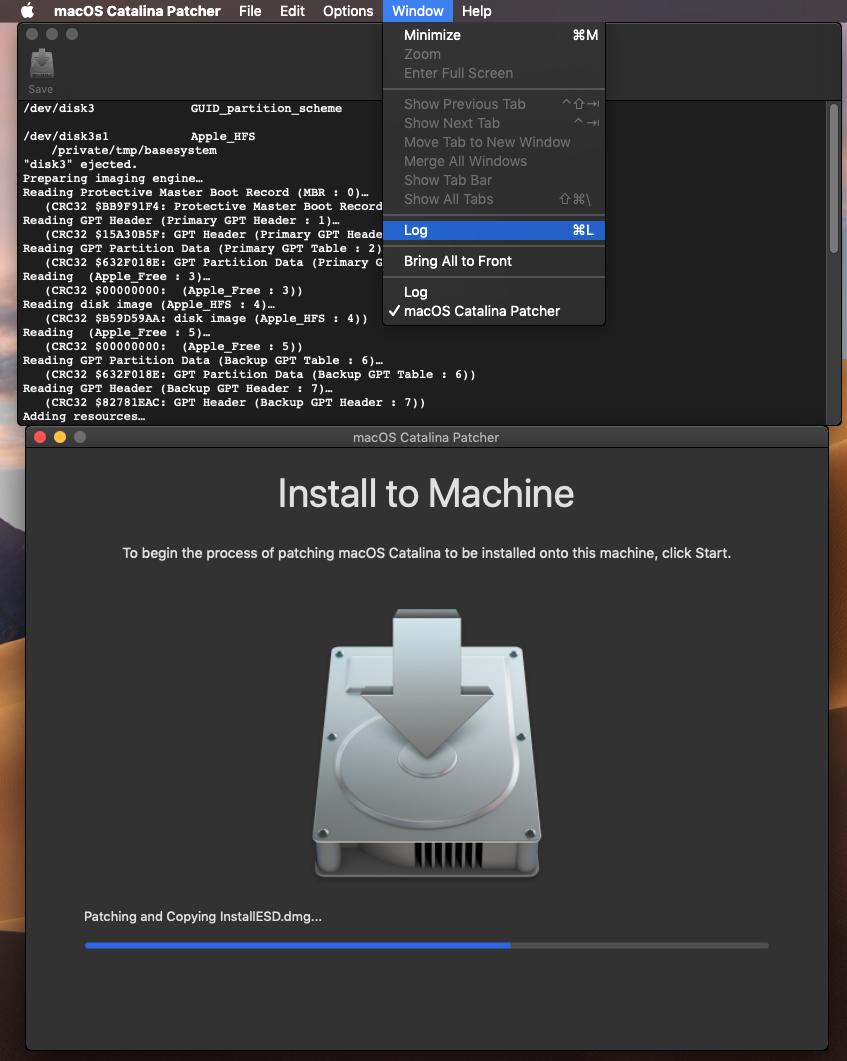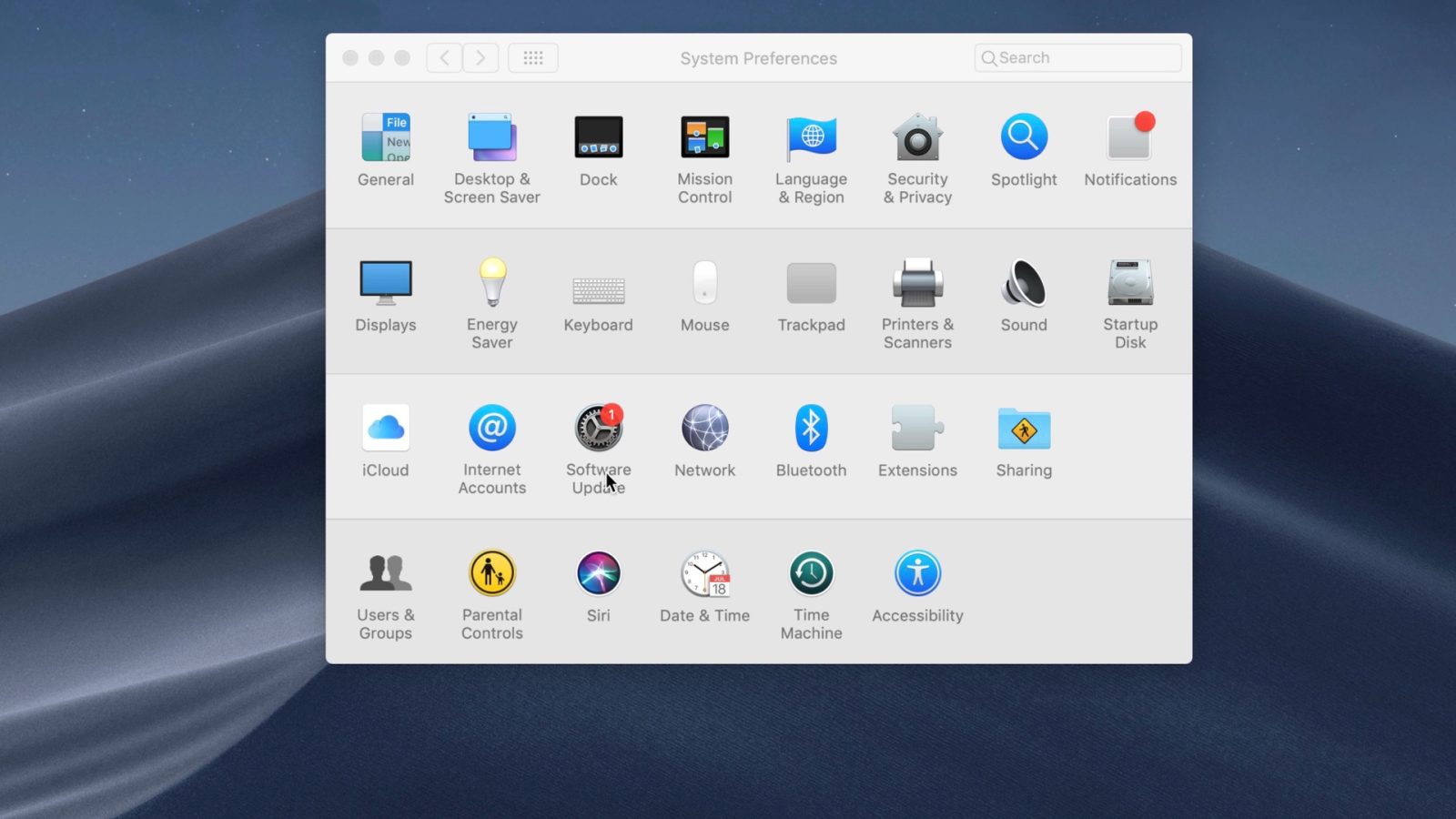Today I will tell you how to install macOS Mojave or other fresh macOS on an unsupported Mac using the Mojave Patcher Tool. This utility is available for free. You can see more information and patcher updates here on a dosdude site.
Attention! Do not forget! You carry out all actions with the computer and the program at your own peril and risk! No one is responsible for damage to your computer or loss of data except you! If you have crooked hands, do not grab it!
Read more: How to Install Boot Camp and Install Windows 10 on Mac?
I’ve been happily running High Sierra using the Dosdude patch on my Mac Pro 2008 with a GTX680 card. It’s time for a clean install though. Now that there are also patches for Mojave and Catalina I’m wondering how well these run, compared with High Sierra? Stability and performance (music production) are the deciding factors in my case. Jul 16, 2018 macOS Mojave Patcher is an application that lets you run macOS 10.14 on unsupported hardware. It is developed by developer Dosdude who also developed similar patches for Sierra and High Sierra firmware. It automatically downloads the latest Public Beta version from Apple’s servers and creates a bootable image out of it.
Devices Supported
A future patcher release will likely fix the upgrade problems. For earlier releases of this patcher, check the README for v0.5.0 or earlier. Patcher releases before v0.4.2 will definitely have compatibility problems with Big Sur 11.0.1 Release Candidate 2 (20B28) or later, including the final Big Sur release. Compatibility of various Mac models.
Early-2008 or newer Mac Pro, iMac, or MacBook Pro:
- MacPro3,1
- MacPro 4.1
- iMac8.1
- iMac9.1
- iMac10, x
- iMac11, x (systems with AMD Radeon HD 5xxx and 6xxx series GPUs will be almost unusable when running Mojave. More details are located in the Known Issues section below.)
- iMac12, x (systems with AMD Radeon HD 5xxx and 6xxx series GPUs will be almost unusable when running Mojave. More details are located in the Known Issues section below.)
- MacBookPro 4.1
- MacBookPro5, x
- MacBookPro6, x
- MacBookPro 7.1
- MacBookPro8, x
Late-2008 or newer MacBook Air or Aluminum Unibody MacBook:
- MacBookAir2.1
- MacBookAir3, x
- MacBookAir4, x
- MacBook 5.1
Macos Mojave Patcher Tool
Early-2009 or newer Mac Mini or white MacBook:
- Macmini 3.1
- Macmini 4.1
- Macmini5, x
- MacBook 5.2
- MacBook 6.1
- MacBook 7.1

Early-2008 or newer Xserve:
- Xserve2.1
- Xserve3.1

Devices that ARE NOT Supported
2006-2007 Mac Pros, iMacs, MacBook Pros, and Mac Minis:
Mojave Patcher Dosdude Software
- MacPro1,1
- MacPro2,1
- iMac4.1
- iMac5, x
- iMac 6.1
- iMac7.1
- MacBookPro1,1
- MacBookPro2, x
- MacBookPro3.1
- Macmini1,1
- Macmini 2.1
- The 2007 iMac 7.1 is compatible if the CPU is upgraded to a Penryn-based Core 2 Duo, such as a T9300
2006-2008 MacBooks:
- MacBook1.1
- MacBook 2.1
- MacBook 3.1
- MacBook 4.1
- 2008 MacBook Air (MacBookAir 1.1)
What Do you Need?
A copy of the macOS Mojave Installer App. This can be obtained from the Mac App Store using a machine that supports Mojave, or by using the built-in downloading feature of the tool. In the Menu Bar, simply select “Tools -> Download macOS Mojave …“
Read more: How to Resize Partition on a Mac?
How to Install macOS Mojave with Mojave Patcher Tool?
- Insert a suitable USB flash drive, open Disk Utility and format it in OS X Extended(journal);
- Open “macOS Mojave Patcher” and specify the path to your macOS Mojave installer;
- Select your flash drive in the list of devices and click “Start”;
- After the operation is complete, restart your Mac with the Option (Alt) button pressed, select your USB flash drive in the boot menu;
- Install macOS on the selected drive partition;
- When the installation process is complete, reboot the device by selecting the installer disk to boot. After that, open the macOS Post Install application;
- In the application window, select your Mac model. You will be offered the best patches based on the selected model. You can also mark other patches as desired;
- Select the partition on which macOS Mojave was installed, and click Patch. When the process is complete, click “Reboot”;
- Rebuilding the cache before rebooting the system may take some time! Note: If for some reason the system does not work correctly after rebooting, restart your Mac with the Option (Alt) button pressed, select the installer disk in the boot menu, then run the Post Install patch again and select the “Force Cache Rebuild” option. Then reboot the device;
- When the Mac reboots, it will launch a fully working version of macOS Mojave.

Conclusion

When you install the system using the macOS Post Install tool, a program called Patch Updater (Applications/Utilities folder) will appear on your Mac. This app will inform you about patch updates available for your device and offer to install them.